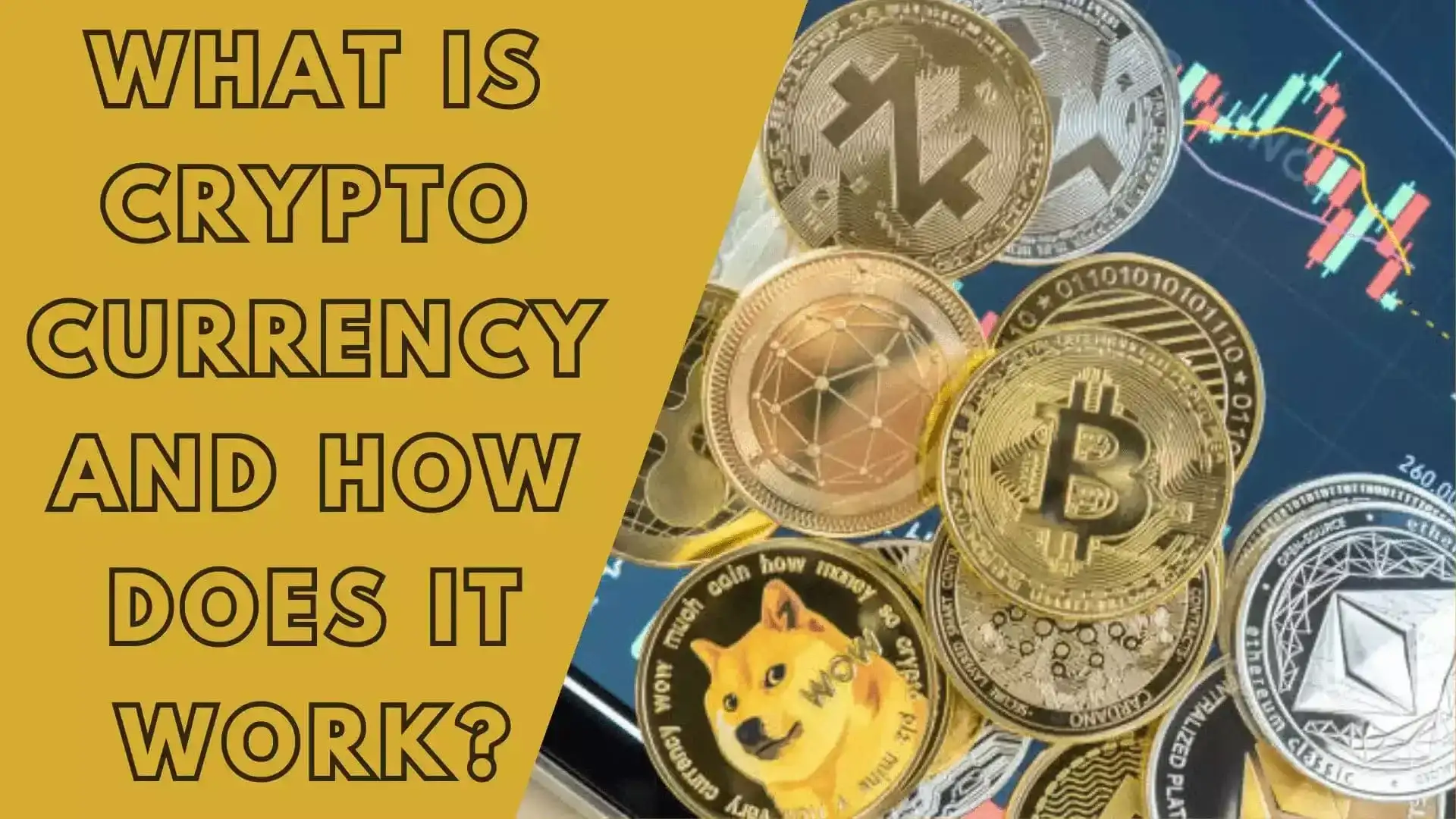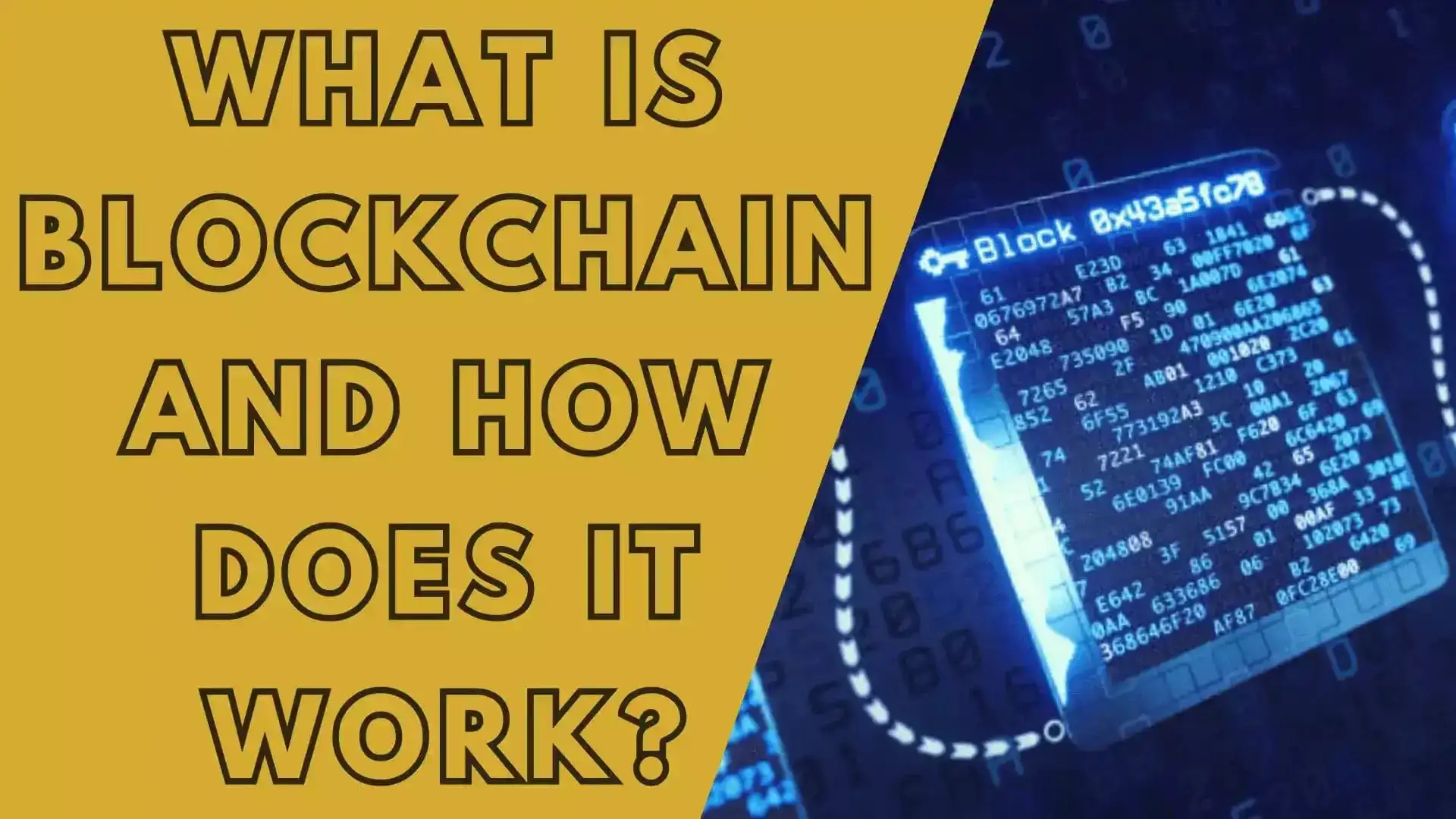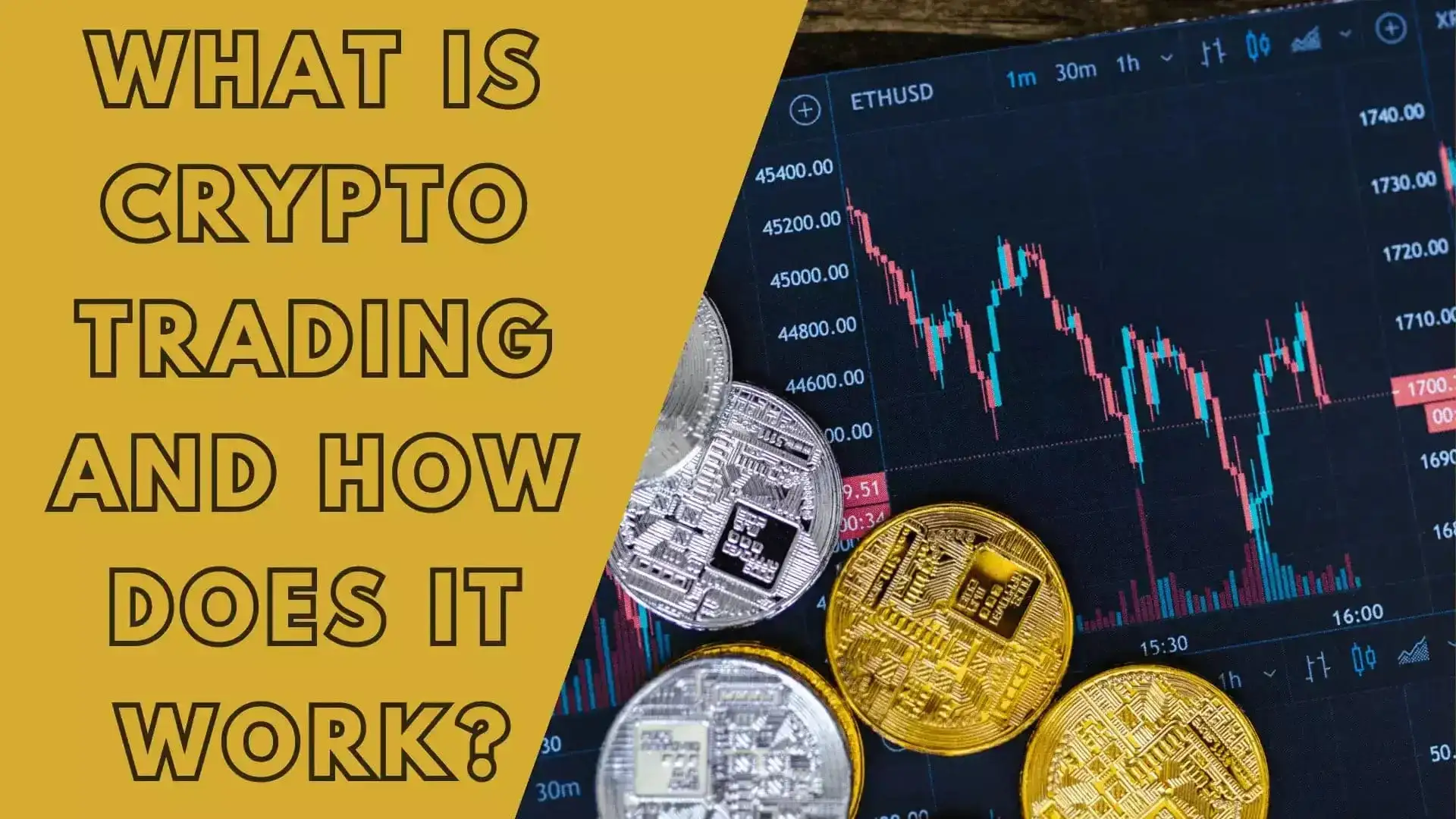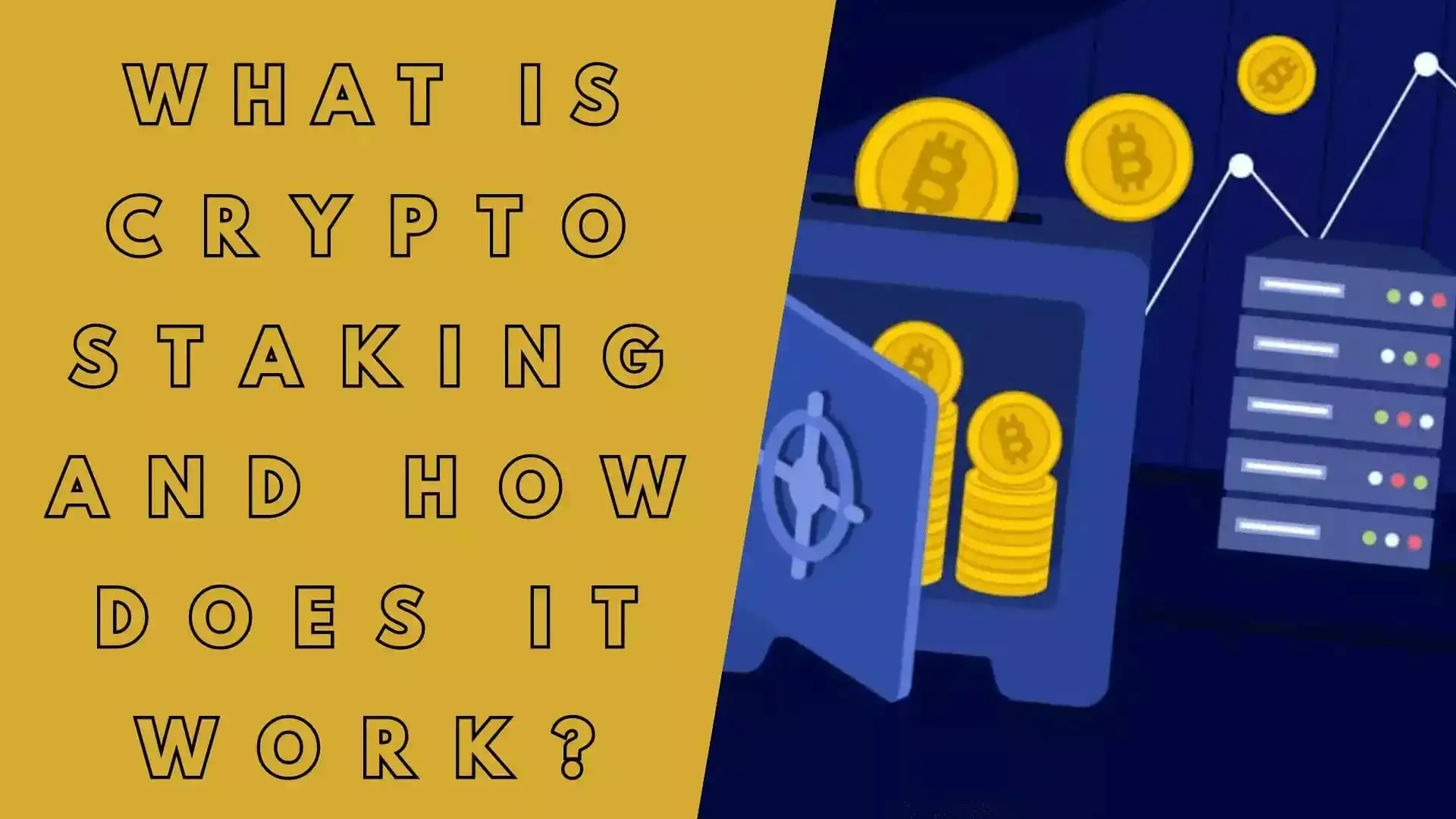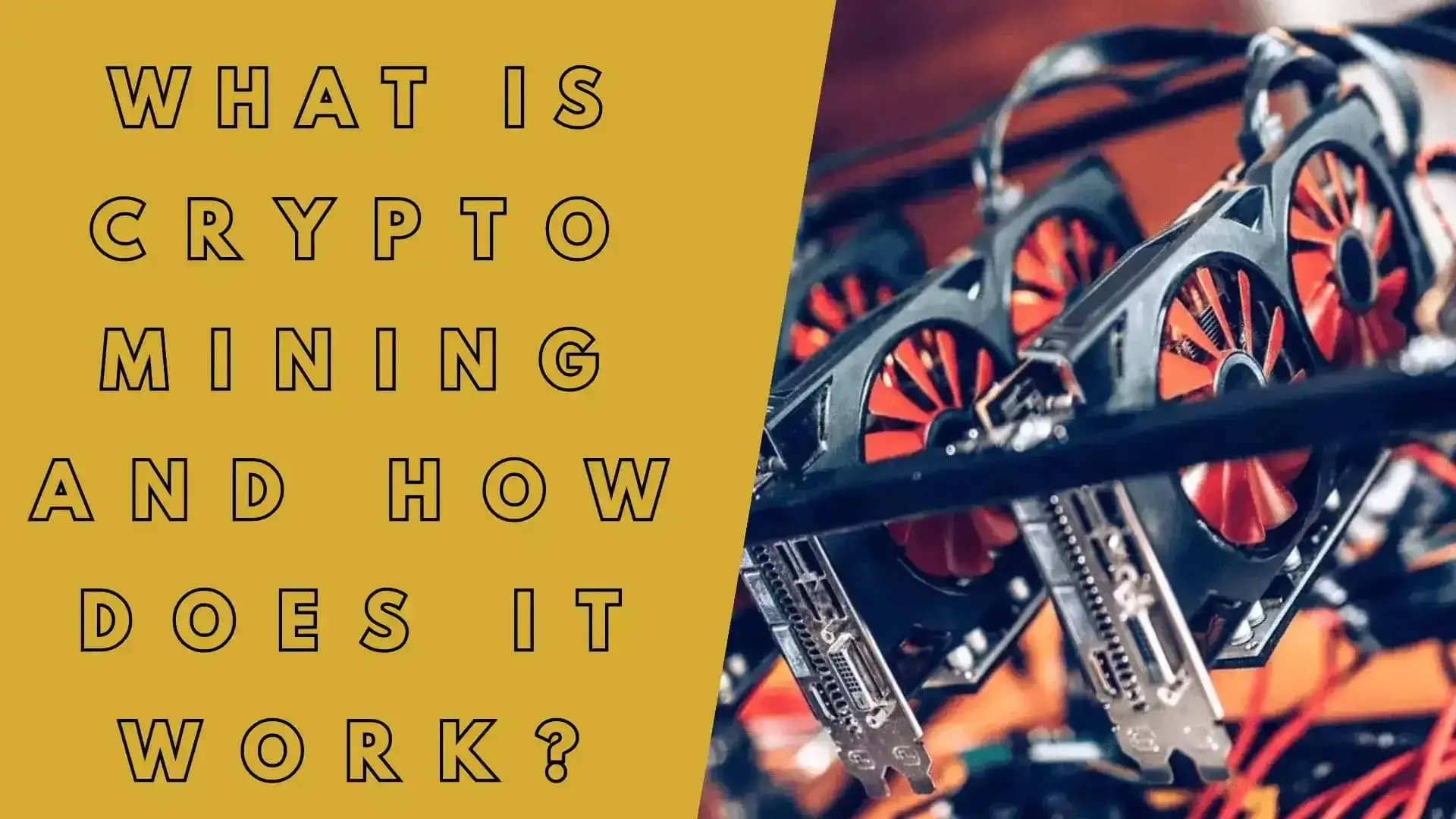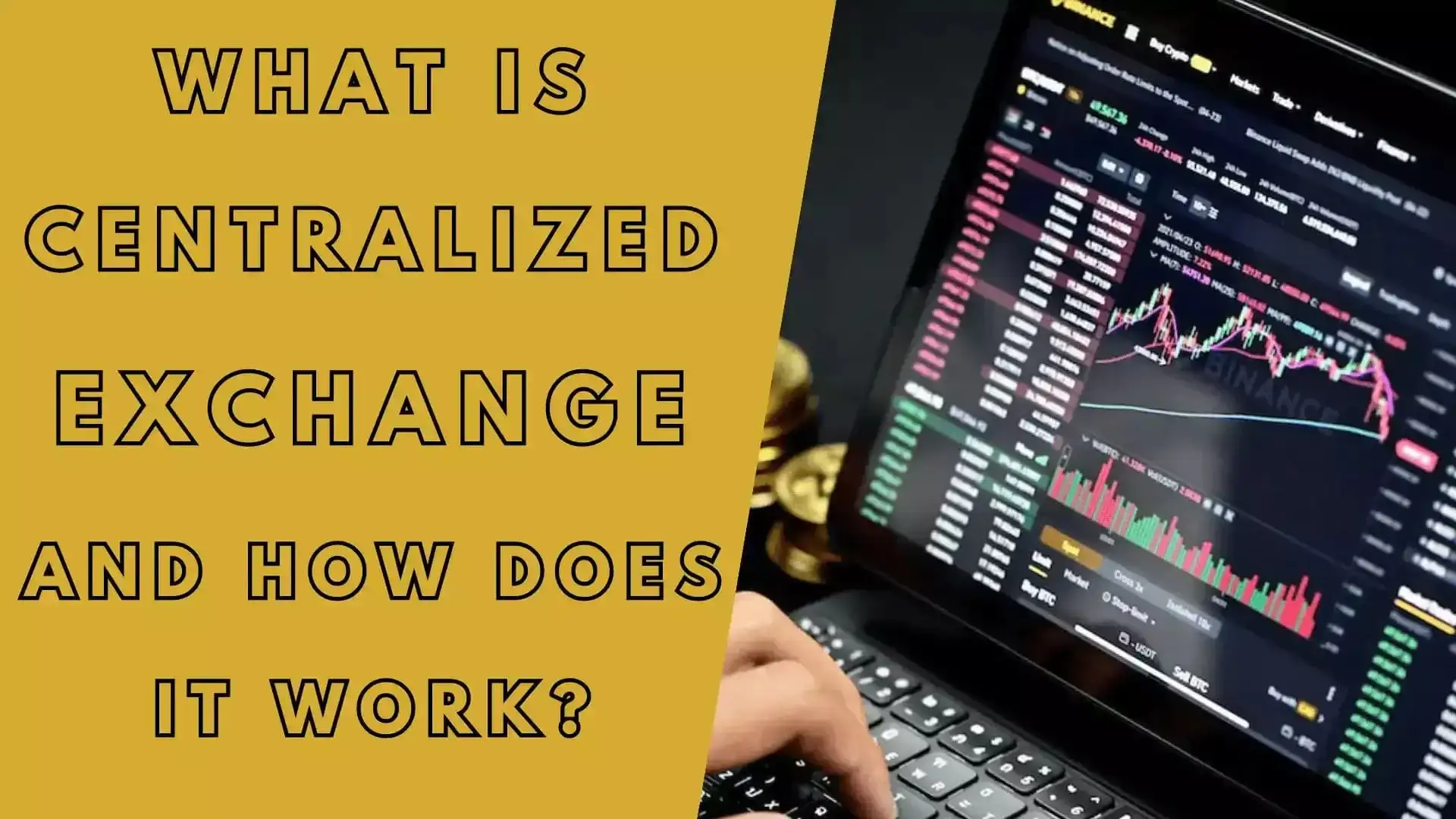Multisig Scams: What They Are and How to Avoid Them
With the rise of decentralized finance (DeFi) and cryptocurrency adoption, multisig wallets have gained popularity for adding an extra layer of security. However, as with any security measure, there are malicious actors who find ways to exploit it. This article delves into how multisig scams operate and offers tips for avoiding them.
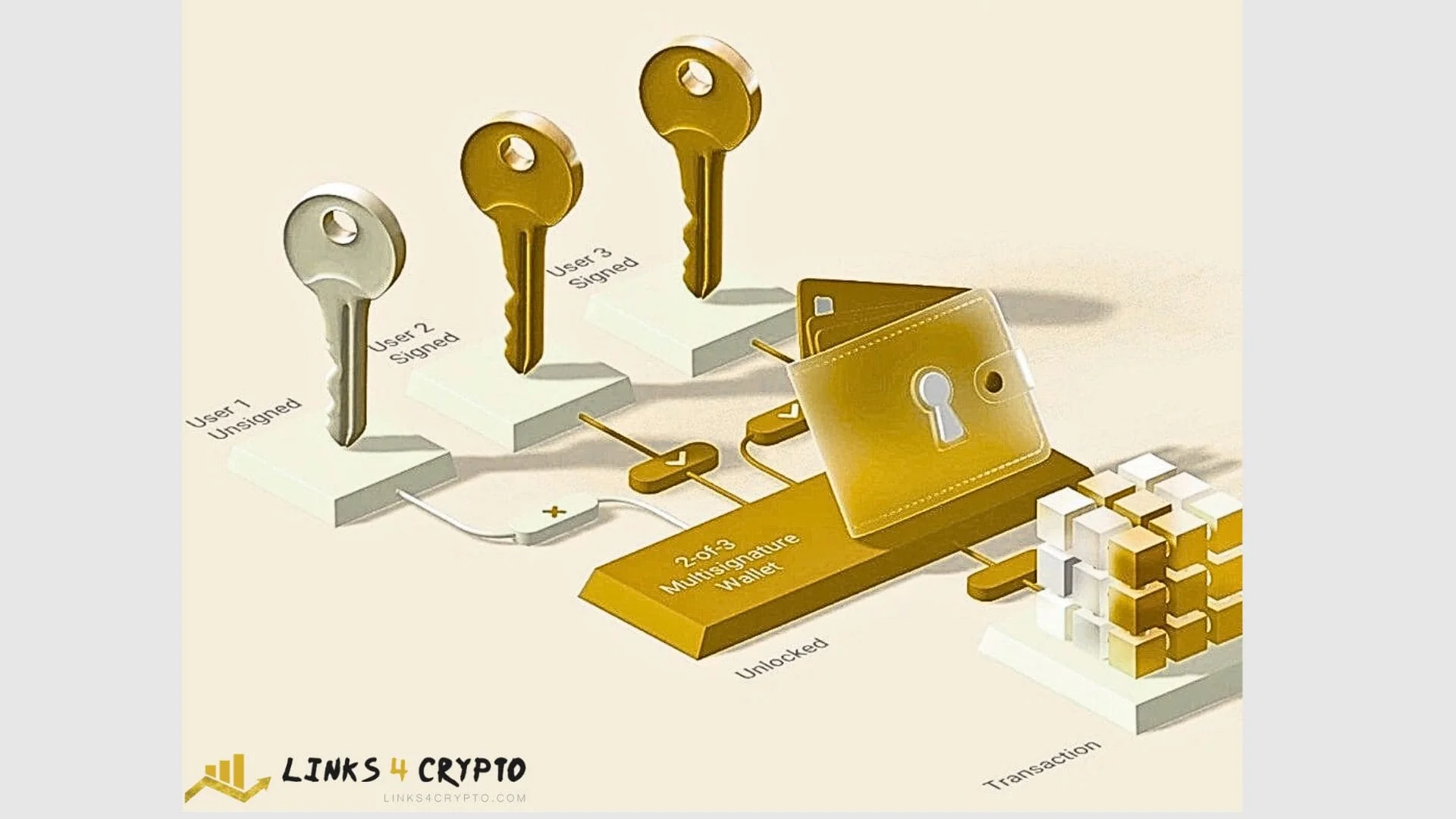
Posted on 20 Oct 2024
What Is a Multisig Wallet?
A multisig (multi-signature) wallet requires multiple signatures or approvals from designated parties to execute a transaction. This is useful for both individuals and organizations aiming for enhanced security. For example, a company can set up a wallet that needs signatures from three out of five executives to authorize a transaction, reducing the risk of fraud.
How Multisig Scams Work
Multisig wallets are designed for security, but attackers have found ways to exploit them. Here are some common types of multisig scams:
- Impersonation of Co-Signers: Attackers often impersonate or even bribe co-signers to approve transactions, allowing them to access funds fraudulently.
- Malicious Contract Programming: Some attackers embed harmful code within smart contracts associated with the multisig wallet, tricking users into giving unauthorized access.
- Phishing Attacks: By using fake emails, websites, or messages, attackers convince victims to unknowingly add malicious parties to their multisig wallet, providing unauthorized access.
Real-Life Examples of Multisig Scams
Recent cases highlight the tactics scammers use to compromise multisig wallets. One case involved a well-known decentralized organization where a compromised co-signer approved a transaction that transferred millions to an attacker-controlled wallet. Another case showed phishing emails requesting wallet holders to "reconfirm" co-signers, tricking users into unintentionally giving access to scammers.
How to Avoid Multisig Scams
Protecting your assets from multisig scams requires vigilance and proper security measures. Here are some strategies:
- Vet Co-Signers Thoroughly: Only add trusted individuals as co-signers, ideally with a mix of people who understand the technology and security implications.
- Regularly Audit Smart Contracts: Regularly review and audit the smart contracts tied to your multisig wallet, especially after any updates or changes.
- Use Secure Communication Channels: Communicate with co-signers over secure, verified channels to avoid phishing or impersonation.
- Enable Two-Factor Authentication (2FA): While not all multisig platforms support 2FA, using it wherever possible adds an additional layer of protection.
Choosing the Right Multisig Platform
Choosing a reliable multisig wallet provider is crucial. Here are some things to consider:
- Reputation and Reviews: Go with a platform that has strong reviews and a proven track record.
- Transparency: Opt for platforms with open-source code, allowing audits and transparency in the technology they use.
- Additional Security Features: Look for platforms offering extra security features, such as 2FA, access logging, and encryption.
Conclusion
While multisig wallets offer enhanced security, they are not immune to scams. By understanding the tactics used by attackers and implementing best practices, users can better protect themselves and their assets. Stay informed, choose your co-signers wisely, and use reputable platforms to minimize risks associated with multisig scams.
